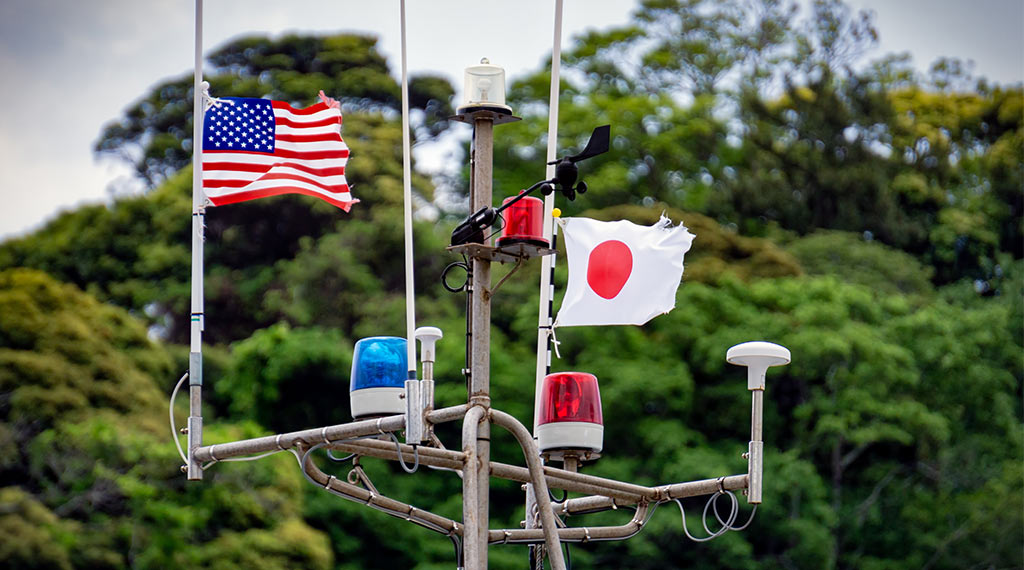
Absent a joint capability the Japan Self-Defense Force isn’t even the sum of its parts. With it, the JSDF becomes far more capable of defending Japan.
When considering Japan’s defense policy, and particularly the speed at which it changes, it’s good to keep your wits about you. Especially when it comes to rules circumscribing the Self-Defense Force.
The following apocryphal exchange between a skeptical United States observer and a Japanese government official following some newly announced defense initiatives is instructive:
US observer: “I suppose you’re going to get it done ‘mañana’?”
Japanese official: “Oh no…not THAT fast.”
At the end of October, Asia Nikkei reported that by 2024 Japan will establish a joint command for the Japan Self-Defense Force (JSDF).
This is a good thing. It potentially improves JSDF capabilities and it does represent progress of a sort.
Missing Sense of Urgency
You may wonder, what is “joint?”
“Joint” or “jointness” refers to the three JSDF services (Air, Sea, and Ground Self-Defense Forces) operating as a unified whole and under the command of a single “joint” commander. They currently lack such capability, except at the most rudimentary level ー despite the existence of a Joint Staff Office (JSO).
Think of your arms and legs operating under orders from the brain ー and each appendage doing what the brain directs.
That’s the JSDF with “jointness.”
Now imagine the brain is absent and each appendage is doing whatever it imagines the body ought to be doing. That’s the JSDF “without jointness.” And it is no way to conduct military operations.
Absent a joint capability the Japan Self-Defense Force isn’t even the sum of its parts. No matter how impressive each service looks individually or on paper.
However, with jointness the JSDF becomes far more capable of defending Japan and conducting operations with its ally ー the United States ー and other partners in the Indo-Pacific.
